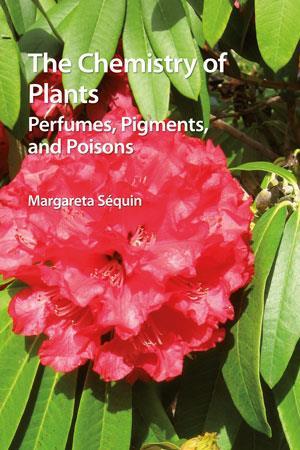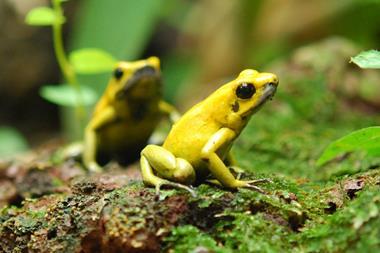Margareta Séquin
RSC Publishing
2012 | 226pp | £24.99 (HB)
ISBN 9781849733342

Plants seem to be the ultimate chemists, drawing energy from the sun and producing a huge variety of important and interesting molecules, which have inspired chemists and have been applied to the service of man. It is the very fact that plants are immobile that has forced them to evolve ways to get energy and nutrients, to defend themselves and reproduce, all without moving.
The book consists of separate chapters dealing with plant perfumes, colour pigments, poisons and other defences. Each is well arranged, written and illustrated, with additional boxes of interesting asides. The reader learns how the different products function in the plants, how they have been extracted and characterised by chemists. The final chapter, probably the most interesting, pulls all the information together to show how man has taken advantage of ‘plant power’ in the huge variety of foods, perfumes, pigments, pharmaceuticals, both by isolation from plants themselves or synthesised (and even improved on) by chemists.
This book can be enjoyed by anyone interested in organic chemistry as exemplified in the world of plants, right up to specialists in natural products, but some of the very introductory material on atoms and bonding in the first chapter could have been omitted.
One further gripe on what is an otherwise very enjoyable and informative read is that I found the colour photographs too small, and would have preferred to have had fewer well-chosen larger photographs for better visual impact.
Purchase this book direct from the RSC. Members will receive a 35% discount.












No comments yet